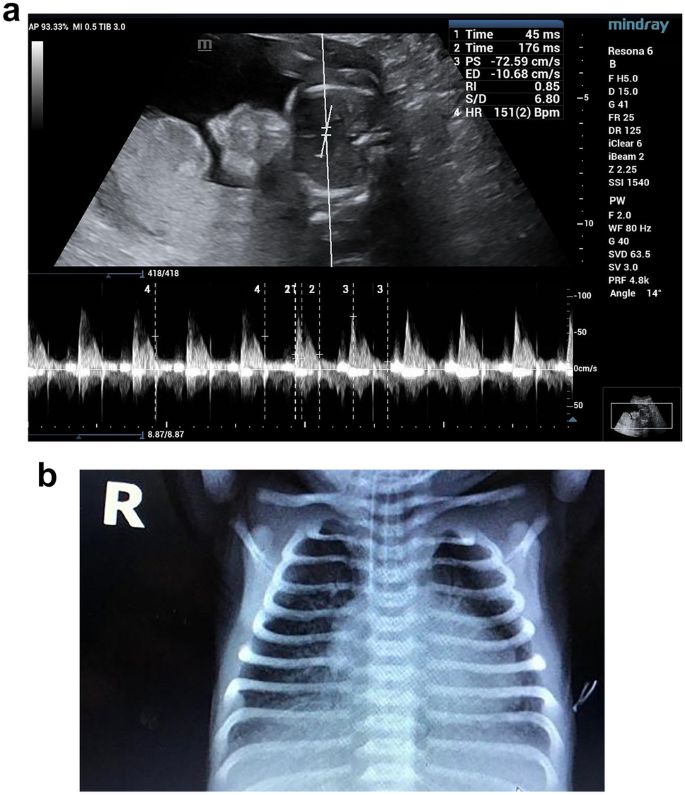The acceleration of fetal lung maturation is a critical intervention in modern obstetrics, particularly in cases of anticipated preterm birth. Proper lung development is essential for the newborn’s ability to breathe independently, and advancements in medical science have introduced effective strategies to promote pulmonary maturity. This guide explores the physiology of fetal lung development, key interventions, and clinical considerations to optimize neonatal outcomes.

Understanding Fetal Lung Maturation
Fetal lung maturation involves the progressive development of the respiratory system, culminating in the production of surfactant. Surfactant, a lipoprotein substance secreted by alveolar cells, reduces surface tension in the lungs, preventing alveolar collapse and enabling efficient gas exchange after birth.
Stages of Lung Development
- Embryonic Stage (Weeks 3–7)
During this stage, the respiratory tract begins to form as the lung bud emerges from the foregut. - Pseudoglandular Stage (Weeks 7–17)
Branching of airways occurs, forming the precursors of the bronchi and bronchioles. - Canalicular Stage (Weeks 16–26)
The formation of respiratory bronchioles and primitive alveoli begins. Vascularization also increases, which is vital for gas exchange. - Saccular Stage (Weeks 26–36)
Alveolar sacs form, and surfactant production increases significantly. - Alveolar Stage (36 Weeks–Postnatal)
Maturation of alveoli continues into early childhood, allowing full respiratory function.
Importance of Accelerating Fetal Lung Maturation
Preterm infants often face respiratory distress syndrome (RDS) due to insufficient surfactant. Accelerating lung maturation before delivery can significantly reduce the risk of RDS, improve neonatal survival rates, and minimize complications such as bronchopulmonary dysplasia.
Pharmacological Interventions
Antenatal Corticosteroids
Antenatal corticosteroids are the cornerstone for accelerating fetal lung maturity. These medications stimulate surfactant production and enhance alveolar development.
Commonly Used Corticosteroids:
- Betamethasone: Typically administered as two 12 mg intramuscular injections 24 hours apart.
- Dexamethasone: Given as four 6 mg intramuscular injections every 12 hours.
Mechanism of Action:
Corticosteroids cross the placenta, triggering cellular mechanisms that promote surfactant synthesis and improve the structural integrity of alveoli.
Clinical Guidelines:
- Administered between 24 and 34 weeks of gestation for mothers at risk of preterm delivery.
- Repeat dosing may be considered if preterm labor persists beyond one week after the initial course.
Tocolytic Agents
Tocolytics are often used alongside corticosteroids to delay labor, allowing more time for lung maturation. Common options include nifedipine and magnesium sulfate.
Non-Pharmacological Strategies
Maternal Nutrition and Health
Maternal health plays a vital role in fetal development. Ensuring optimal maternal nutrition, particularly adequate intake of omega-3 fatty acids and vitamin D, supports overall fetal growth and development.
Managing Complications
Conditions such as preeclampsia or gestational diabetes can impede fetal lung maturation. Timely management of these conditions is essential to promote better neonatal outcomes.
Advanced Therapies
Surfactant Replacement Therapy
In cases of severe preterm delivery, exogenous surfactant can be administered to newborns via endotracheal tube to alleviate RDS.
Emerging Interventions
Research into growth factors, such as fibroblast growth factor (FGF) and insulin-like growth factor (IGF), may provide new methods for enhancing fetal lung maturity in the future.
Monitoring and Assessment
Biophysical Profiles
Regular ultrasounds and Doppler assessments are critical to evaluating fetal growth and well-being.
Amniocentesis
Amniocentesis can assess fetal lung maturity by measuring the lecithin-to-sphingomyelin (L/S) ratio, which indicates surfactant levels in the amniotic fluid.
The acceleration of fetal lung maturation remains a cornerstone of neonatal care, significantly improving outcomes for preterm infants. Through the use of antenatal corticosteroids, supportive therapies, and careful monitoring, healthcare professionals can reduce complications associated with preterm birth, ensuring better respiratory outcomes and overall health for newborns.

